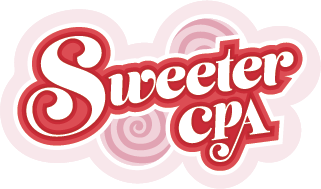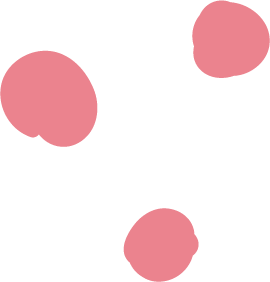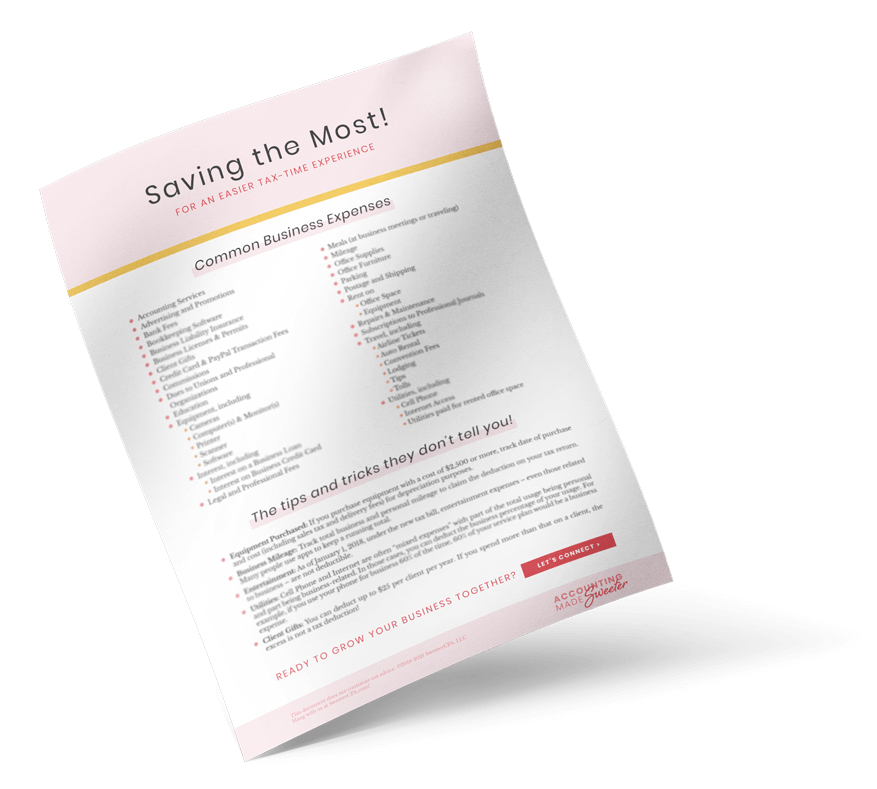Resources:
- Sole Proprietors and Single-Member LLCs:
- Multiple-Member LLCs, Partnerships, S-Corporations, C-Corporations:
- IRS Publication 334, Chapter 6: How to Figure Cost of Goods Sold
Why YOU Should Care:
If your business consists of the production, purchase, or sale of merchandise, you may be required to track inventory. You can deduct Cost of Goods Sold (COGS) from the gross receipts of your business, but, to do so, you must value inventory at the beginning and end of the year.
Components of COGS
Cost of Goods Sold represents the cost to your business of producing merchandise for sale.
Cost of Labor – This cost includes all direct and indirect labor – except your own – involved in producing the items your business sells. Direct labor costs are amounts paid to employees or contractors who spend their time manufacturing your product. Indirect labor costs are amounts paid to those who, while not directly working on the product, are crucial to the manufacturing process (e.g., factory overseer, janitorial staff).
Materials and Supplies – This category covers the cost of parts used to create your end product (e.g., yarn used to make sweaters).
COGS Equation

Inventory at Beginning of Year – This is the cost of your inventory on hand at the beginning of your tax year. This is generally identical to last year’s ending inventory. While there are several inventory valuation methods you can choose to use, you must be consistent from year to year unless the IRS allows you to change.
Purchases – Any inventory items purchased during the year belong in this category. Be sure to subtract the value of any items withdrawn for personal use.
Inventory at End of Year – This is the cost of your inventory on hand at the end of your tax year. Like opening inventory, you must maintain the same method of inventory valuation from year to year.



